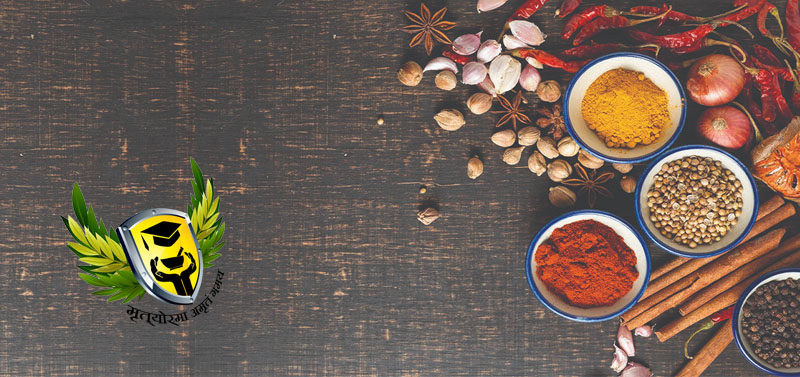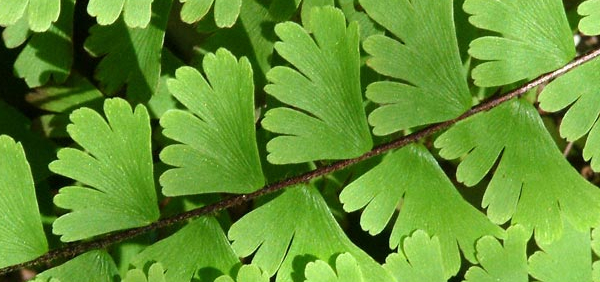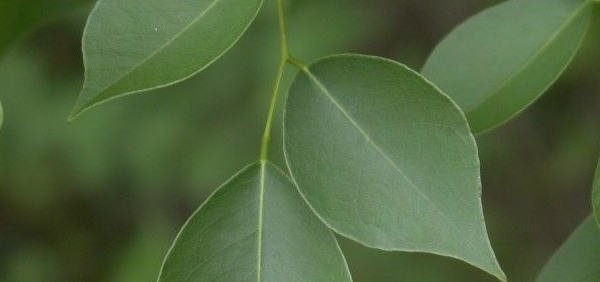jivant :

Substitute:
Dregia volubilisMarsdenia volubilis
Holostemma annularium
Adultrants:
The dried samples are often adulterated due to scarcity. Besides the tuberous roots, the normal roots are also found admixtured in the samples collected from marketDendrobium ovatum Willd. And Desmotrichum fimbricatum Bl. Are reported sold in the market as Jivanti
Controversy:
Though it is an important herb but the botanical identity of this plant is highly disputed.Nowadays, there are many plants which are used as Jivanti.
In Bhavprakash, Dregea volubilis (Synonyms Marsdenia volubilis (L.f.) Cooke., Wattakaka volubilis (L.f.) Stapf.) is described as Jivanti. In Sanskrit this plant is known as Hema, Hemavati, Hemalatha, Swarnika, Swarnalatha, Hemajivanti, Swarna jivanti.
In Bengal, Bihar, and Uttar Pradesh, Dendrobium macraei Lindl., Synonym Flickingeria macraei (Lindl.) Seidenf., belonging to Orchid family is available as Jivanti. The whole dried plant is used as Jivanti. The Panchang is yellow in color and known as Swarn Jivanti.
In Gujrat, Leptadaenia reticulata is used as Jivanti. It is grown as pot herb and used to treat diseases of eyes and tuberculosis. Leptadaenia reticulata is used as Jivanti in preparation of many Ayurvedic medicines. This drug is accepted as real Jivanti by many.
In Southern part of India, the roots of the plant, Holostemma Annularis Synonym Holostemma ada-kodien is used as Jivanti / Jivanthi.
Commercial value:
There is huge demand for this plant; more than 150 tones is required every year in south Indian pharmacies- » Classification and names of jivant
- » Synonyms and definitions of jivant
- » Drug Properties of jivant
- » Chemical Constituents of jivant
- » Standardization of jivant
- » Parts used and Dosage of jivant
- » Morphology and Histology of jivant
- » Distribution and Conservation of jivant
- » Cultivation of jivant
- » jivant in the market
- » Medicinal Uses of jivant
- » Researches and clinical trails of jivant
- » jivant in other sytems of medicine
- » Ayurvedic formulations with jivant
- » Images of jivant














